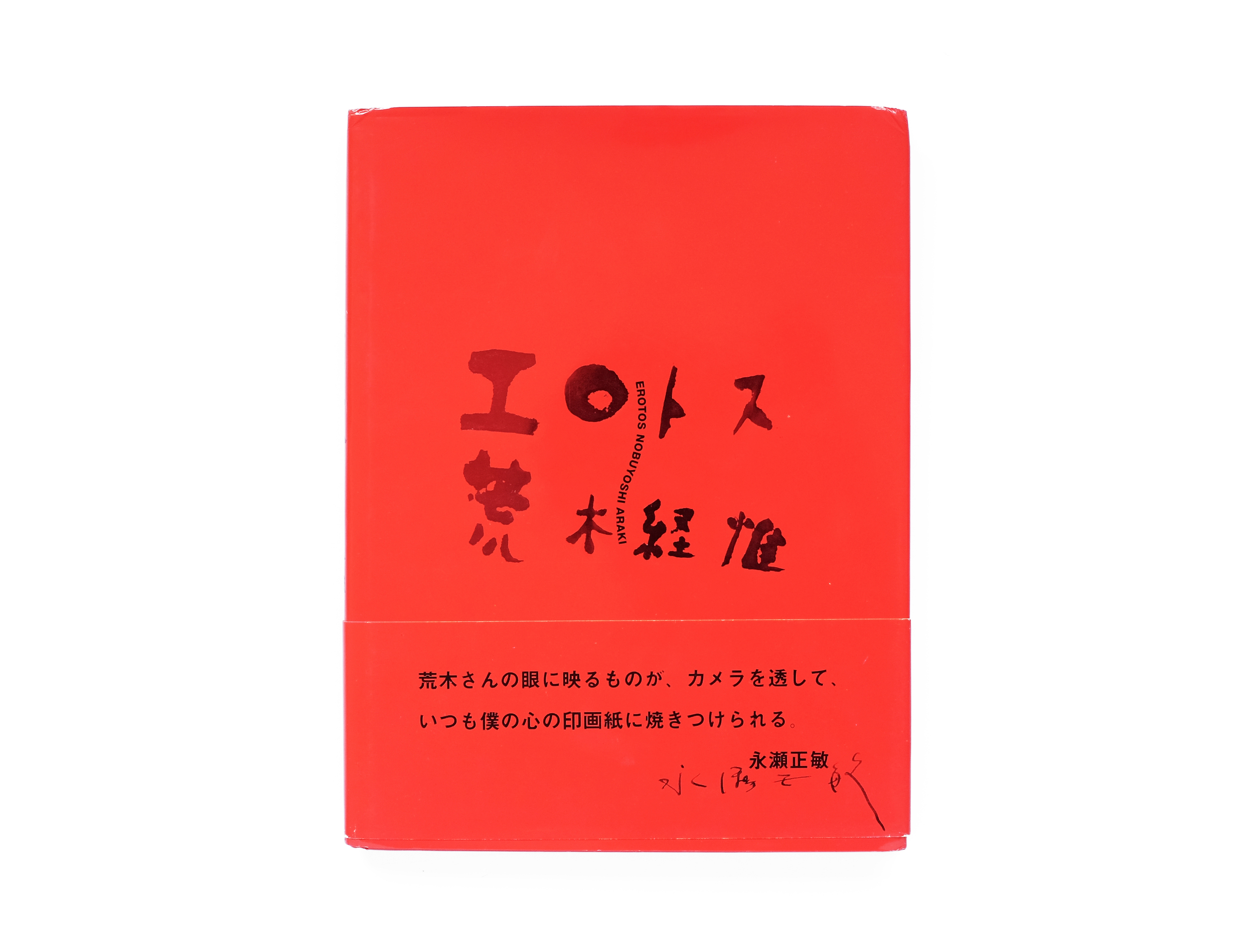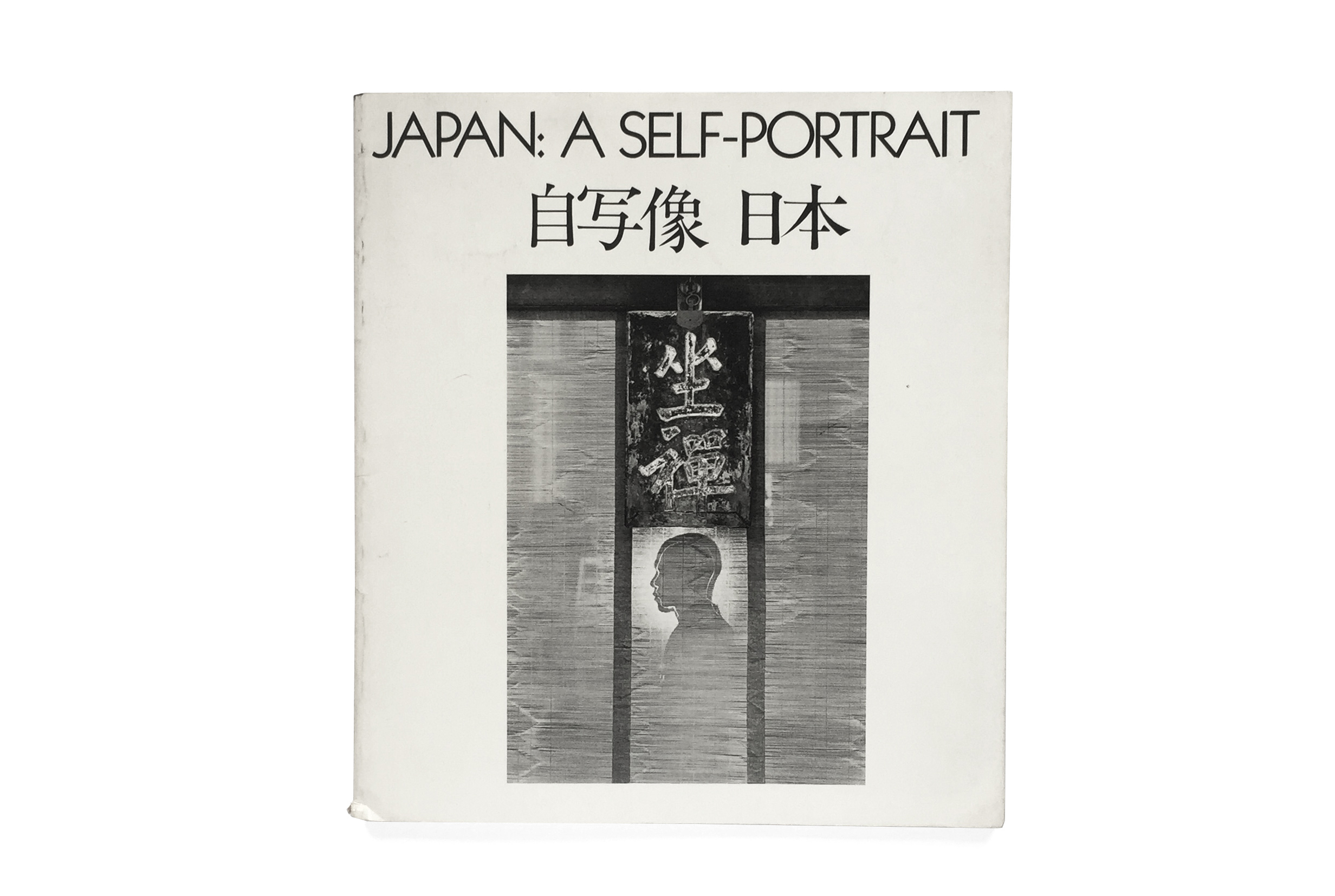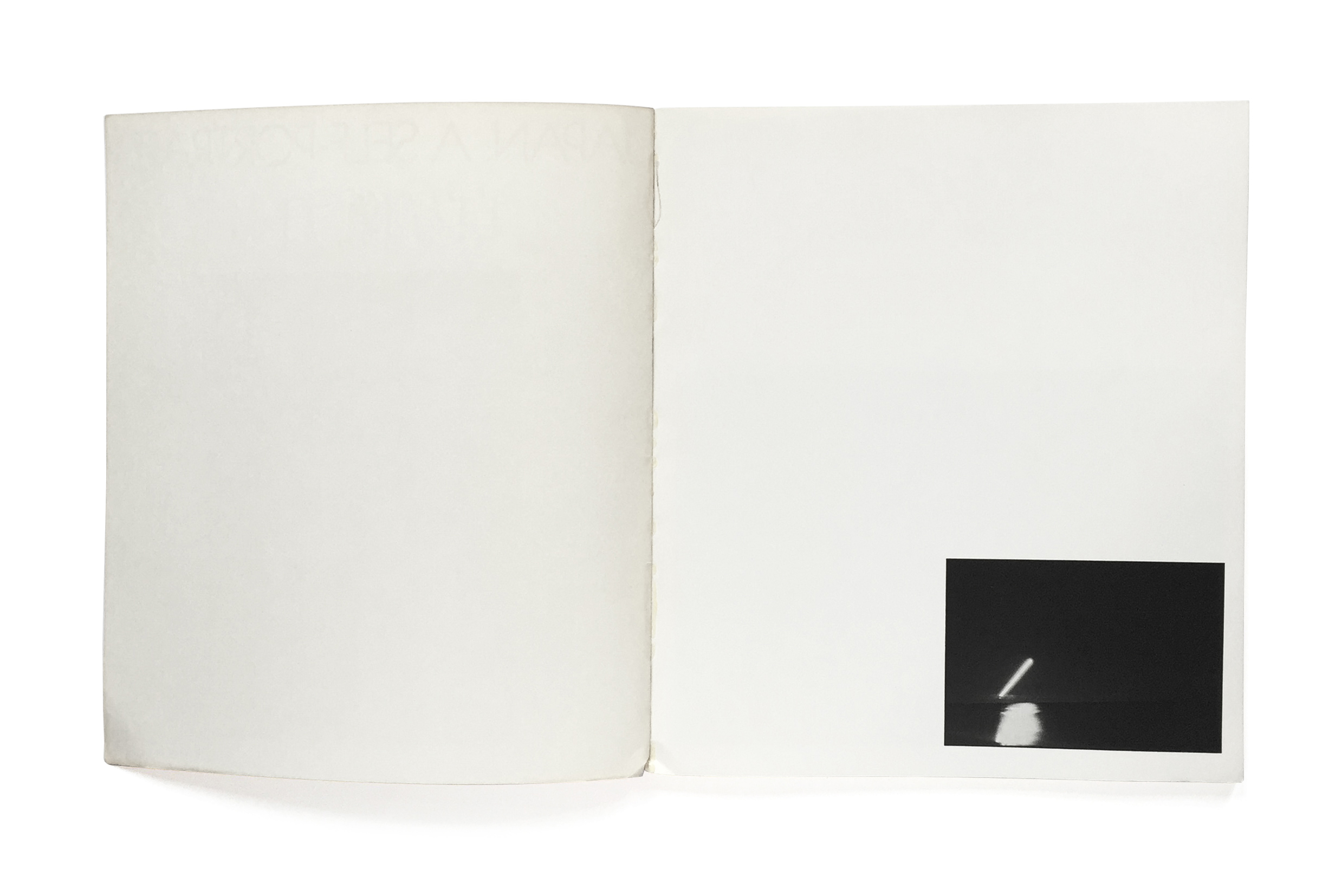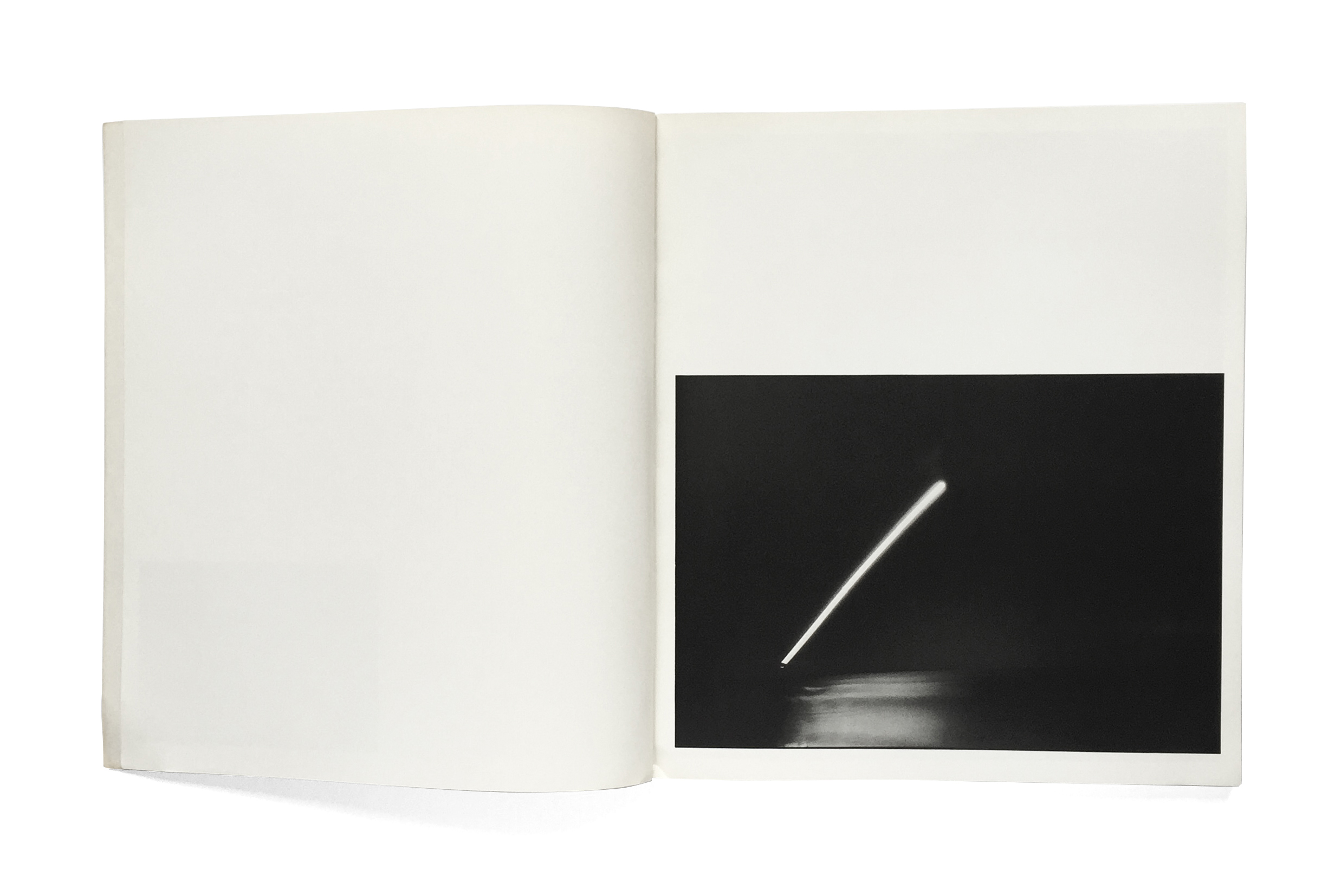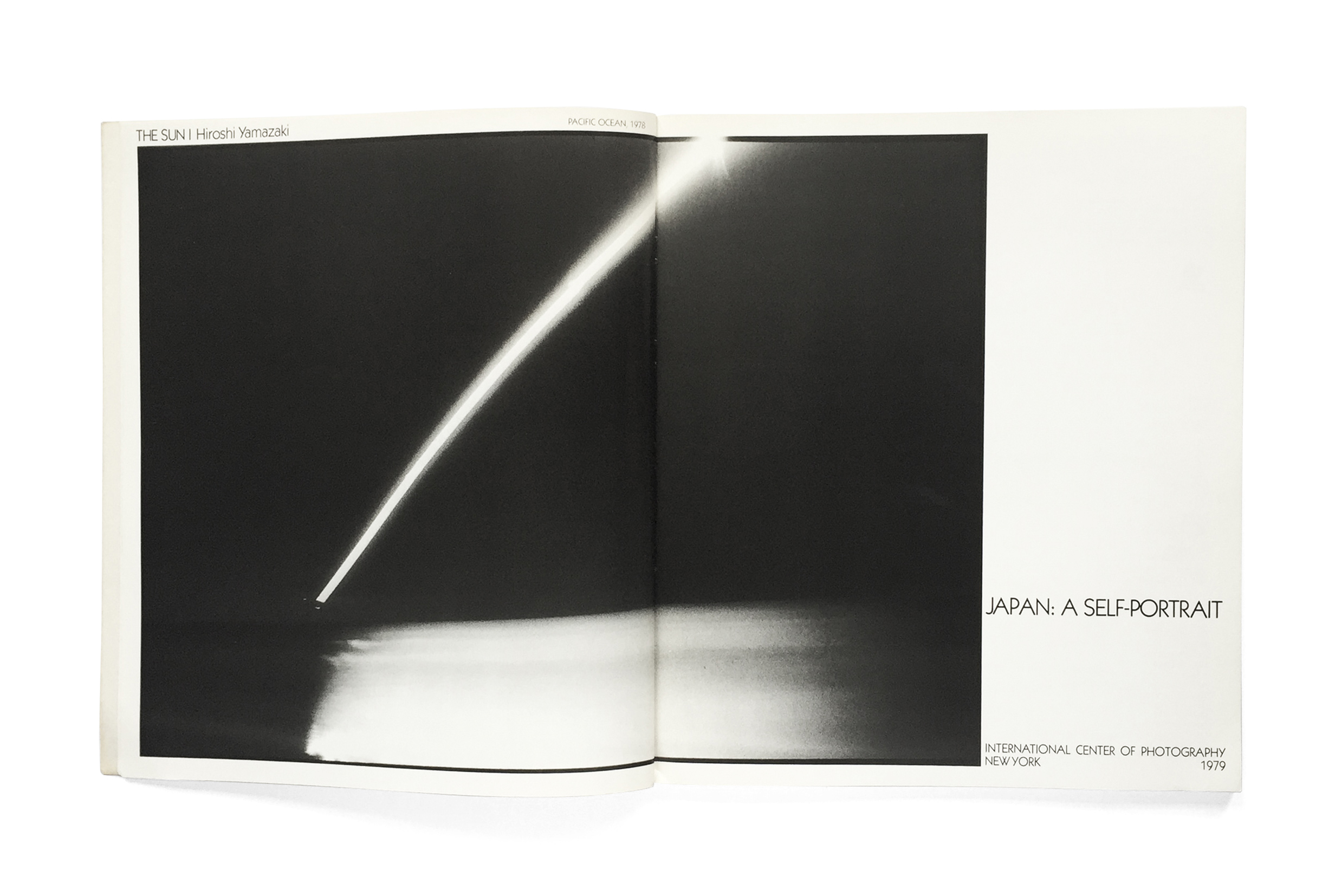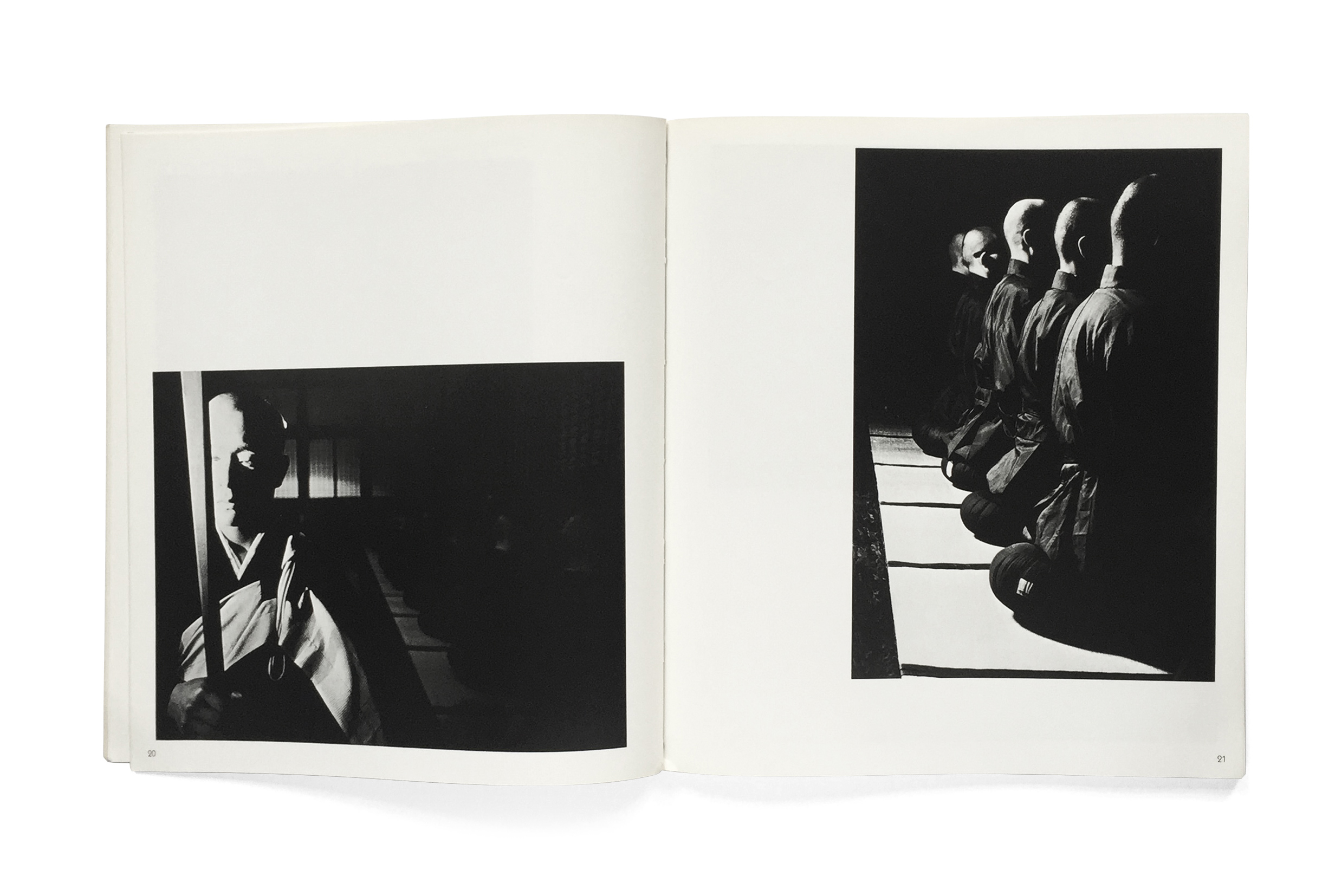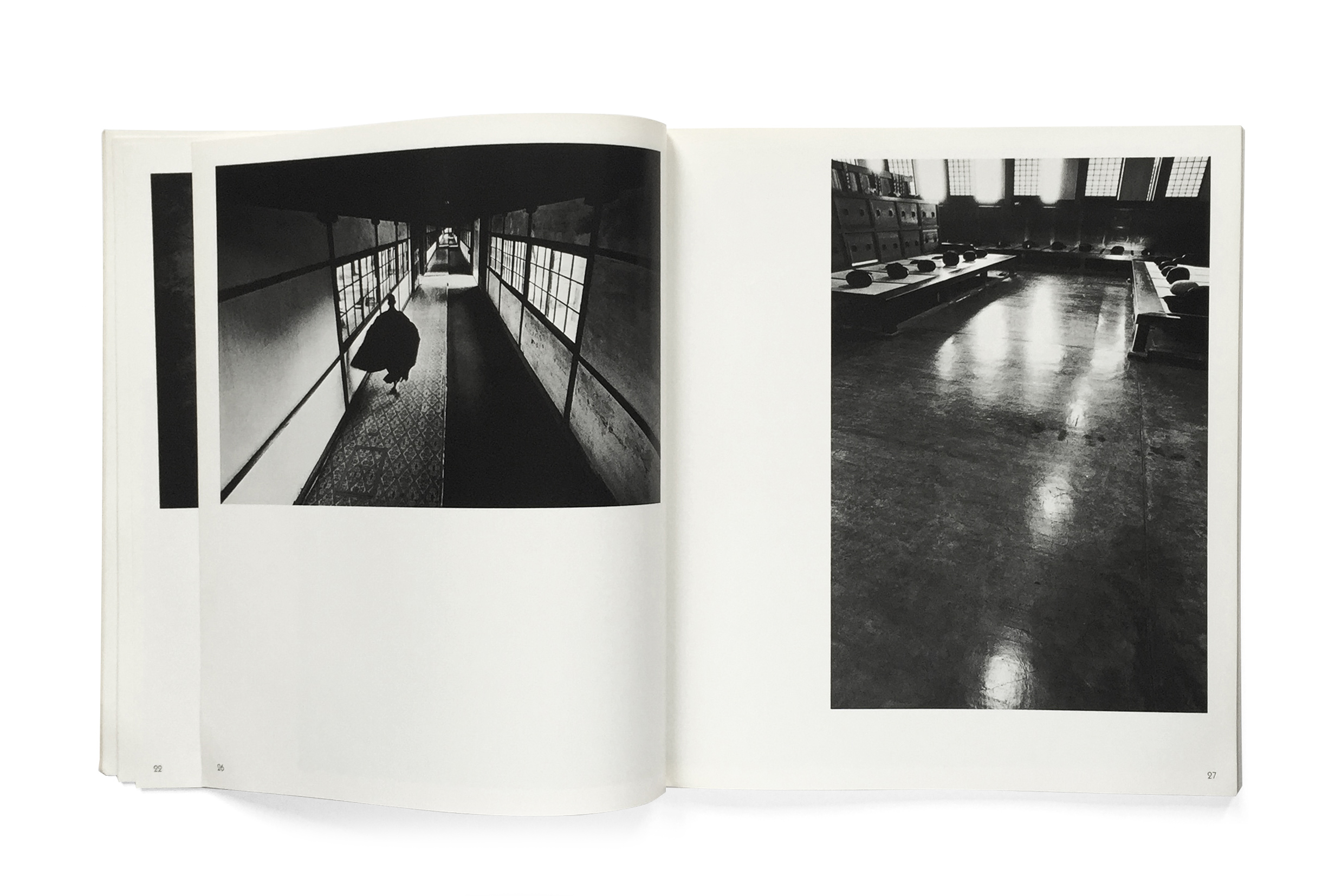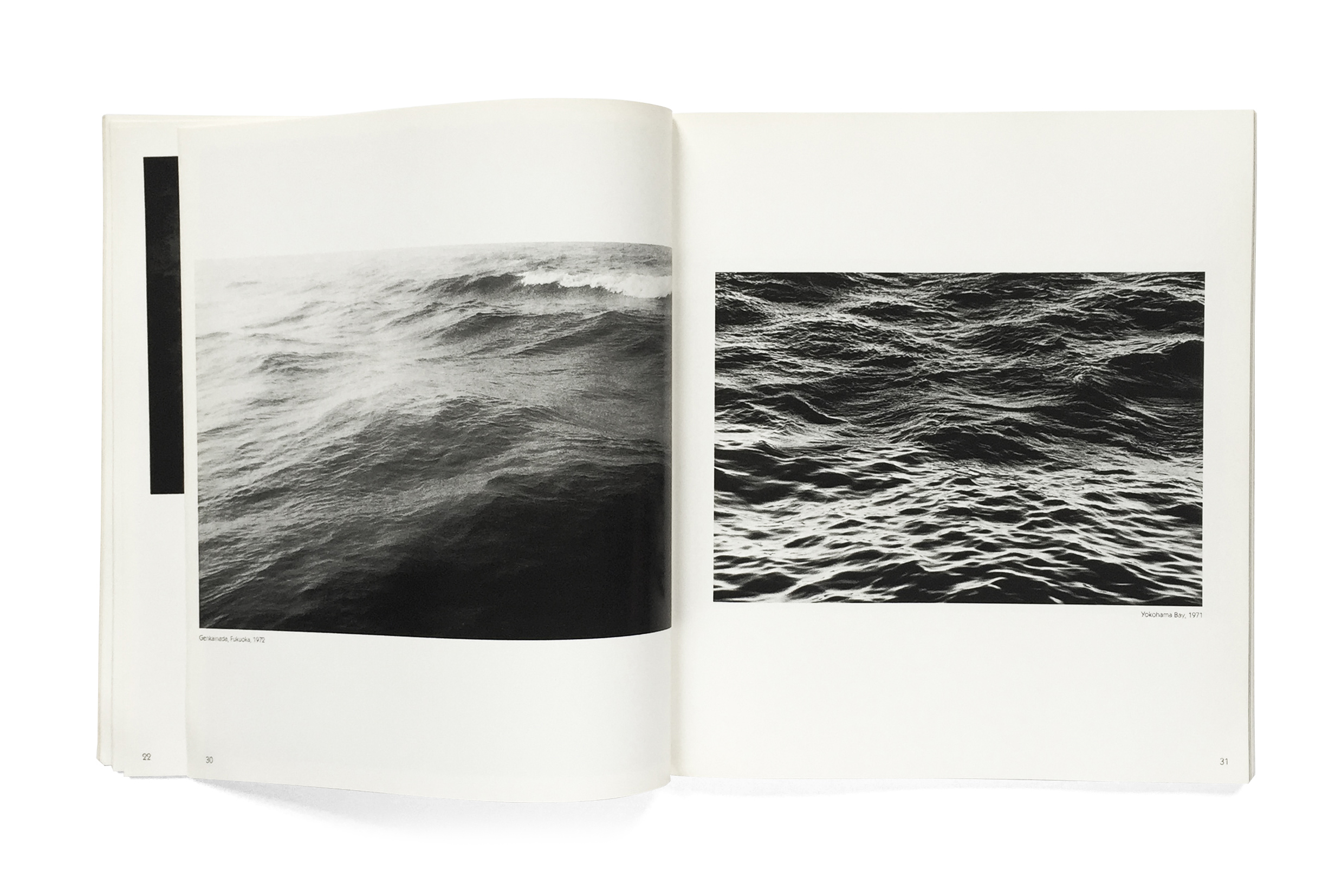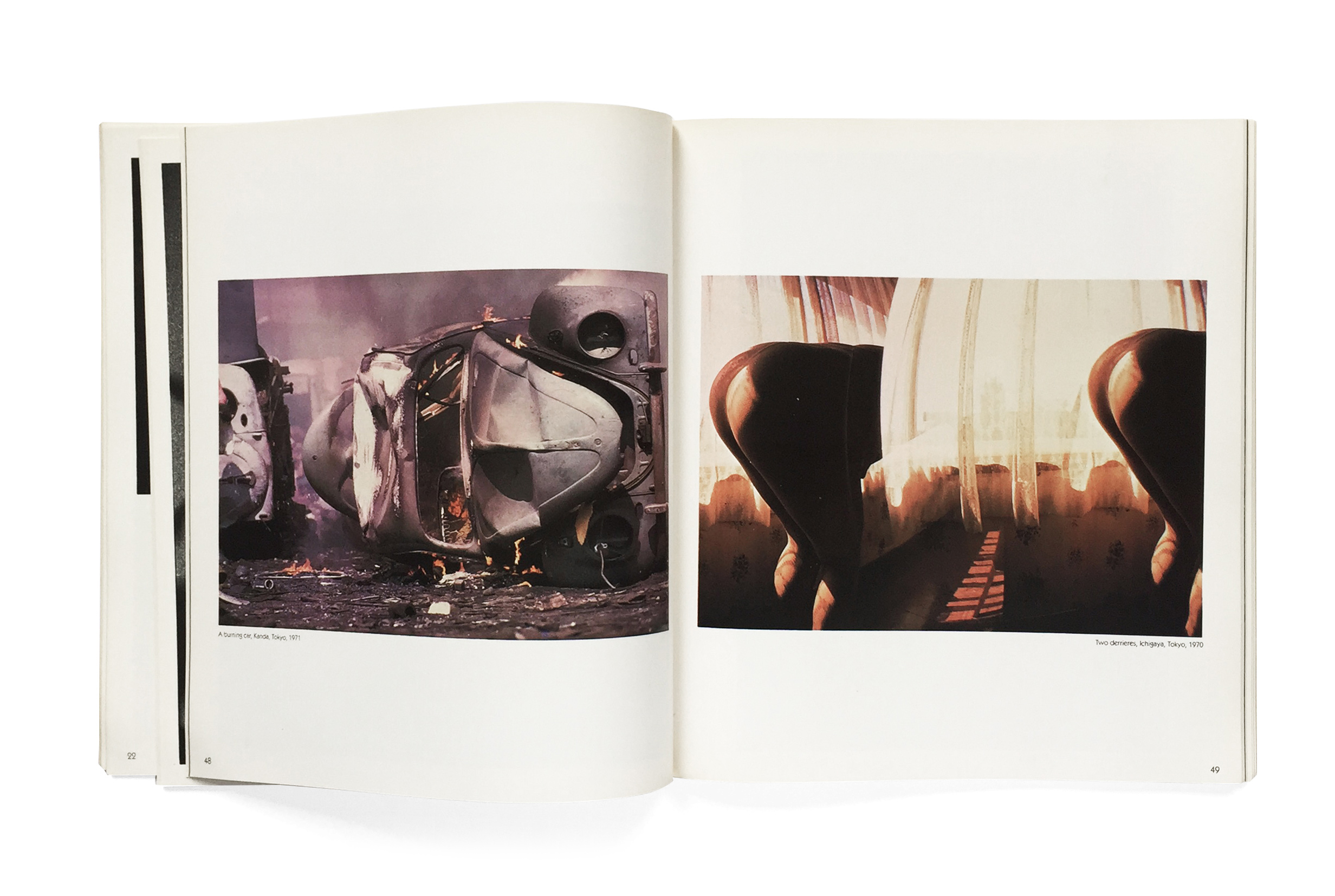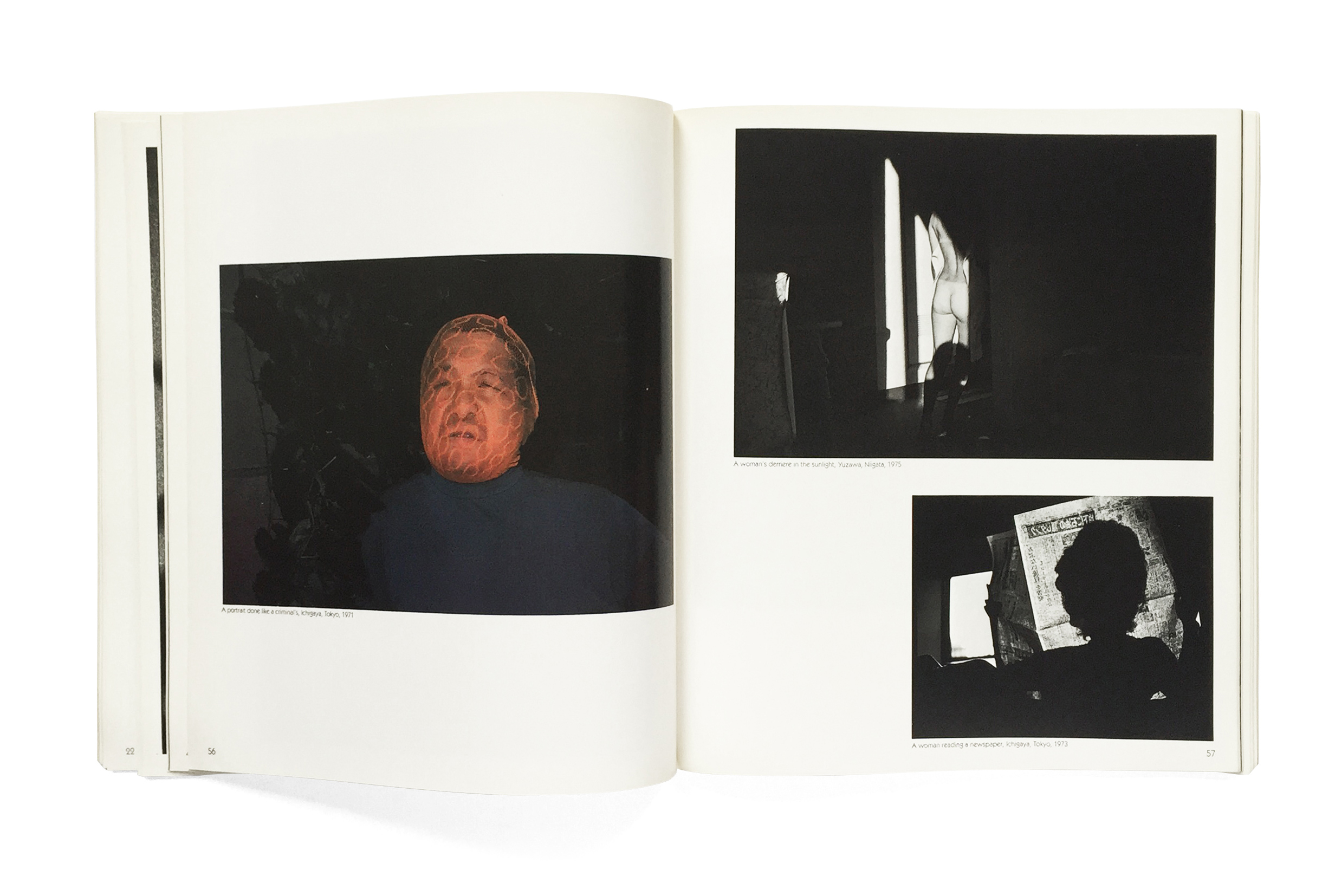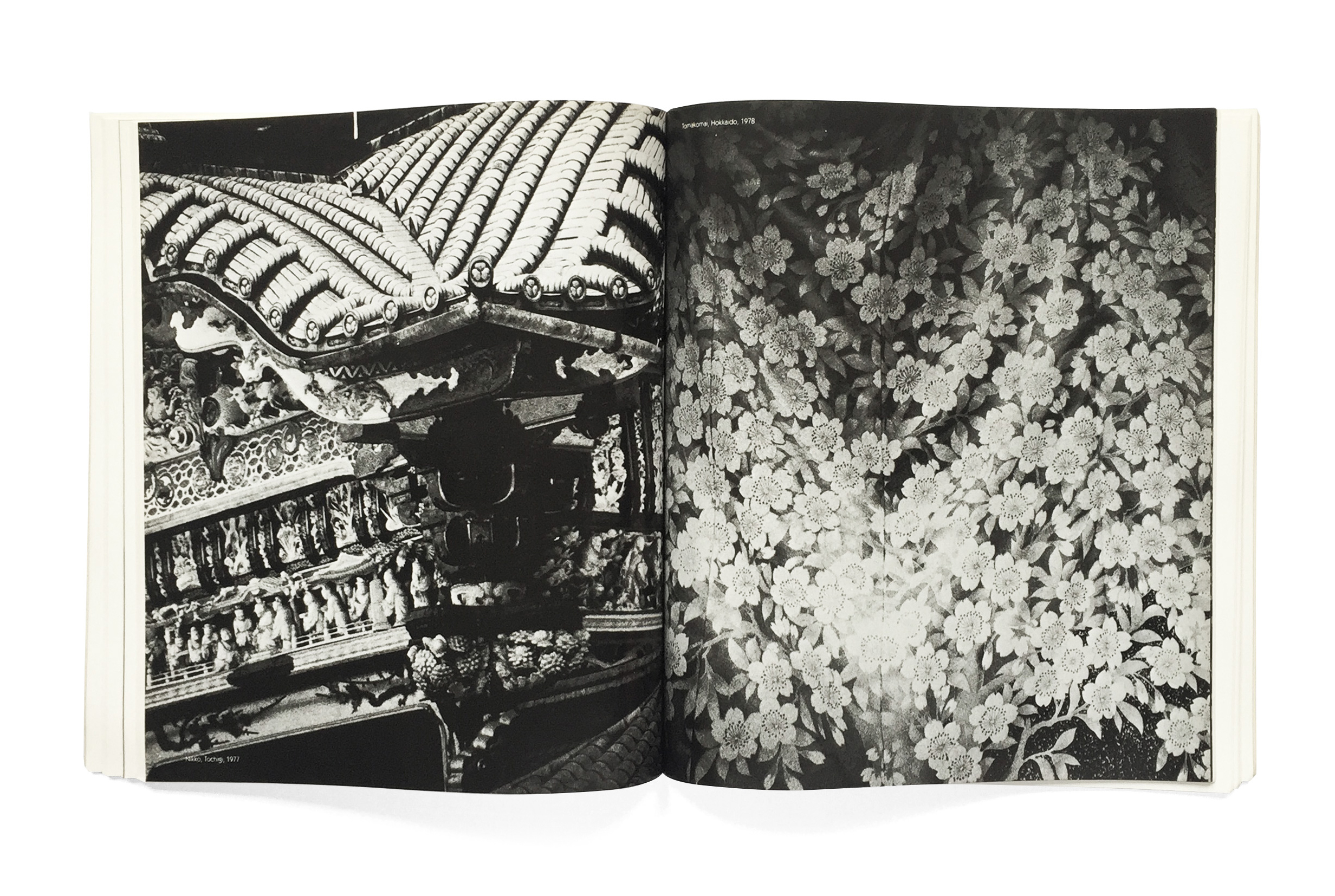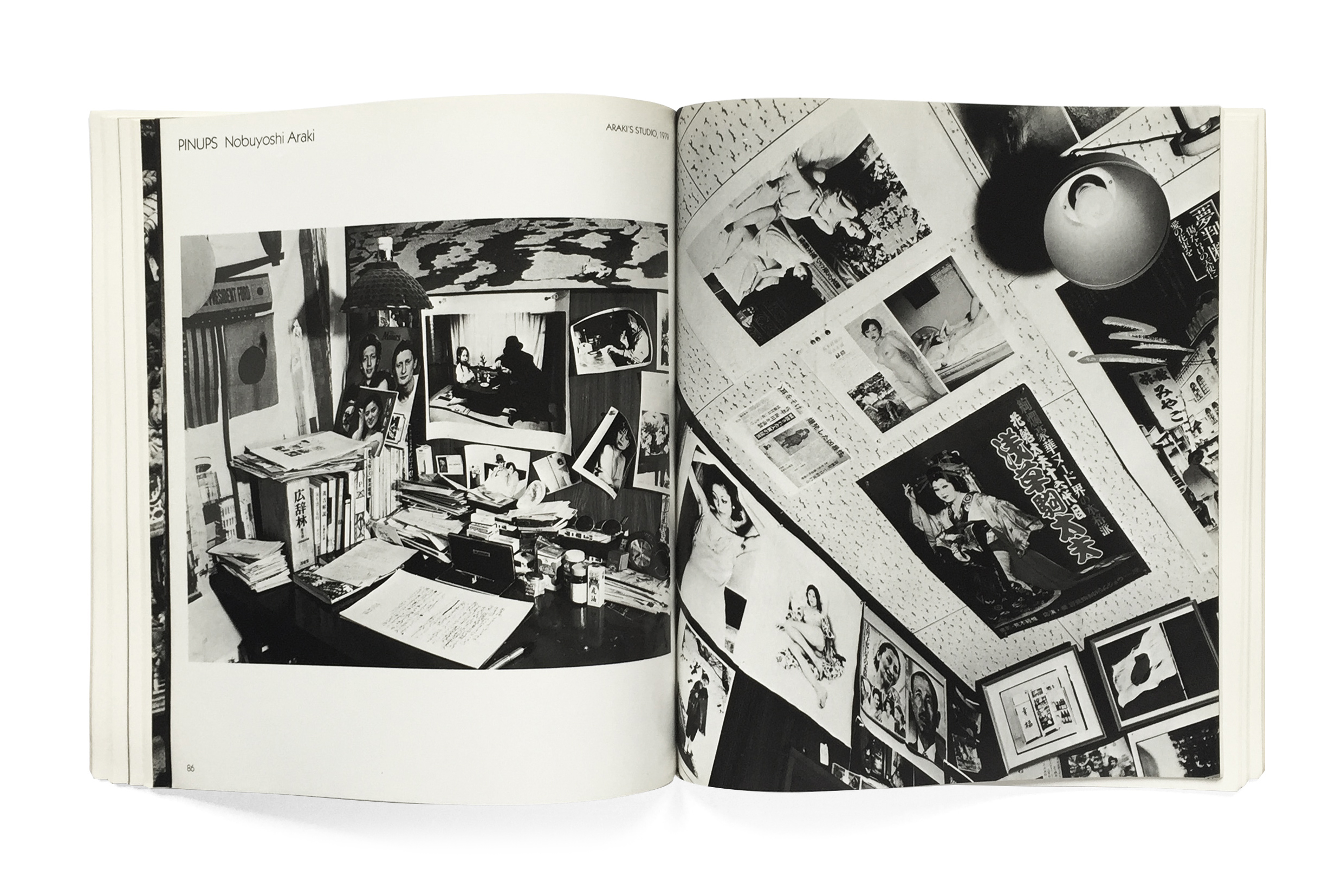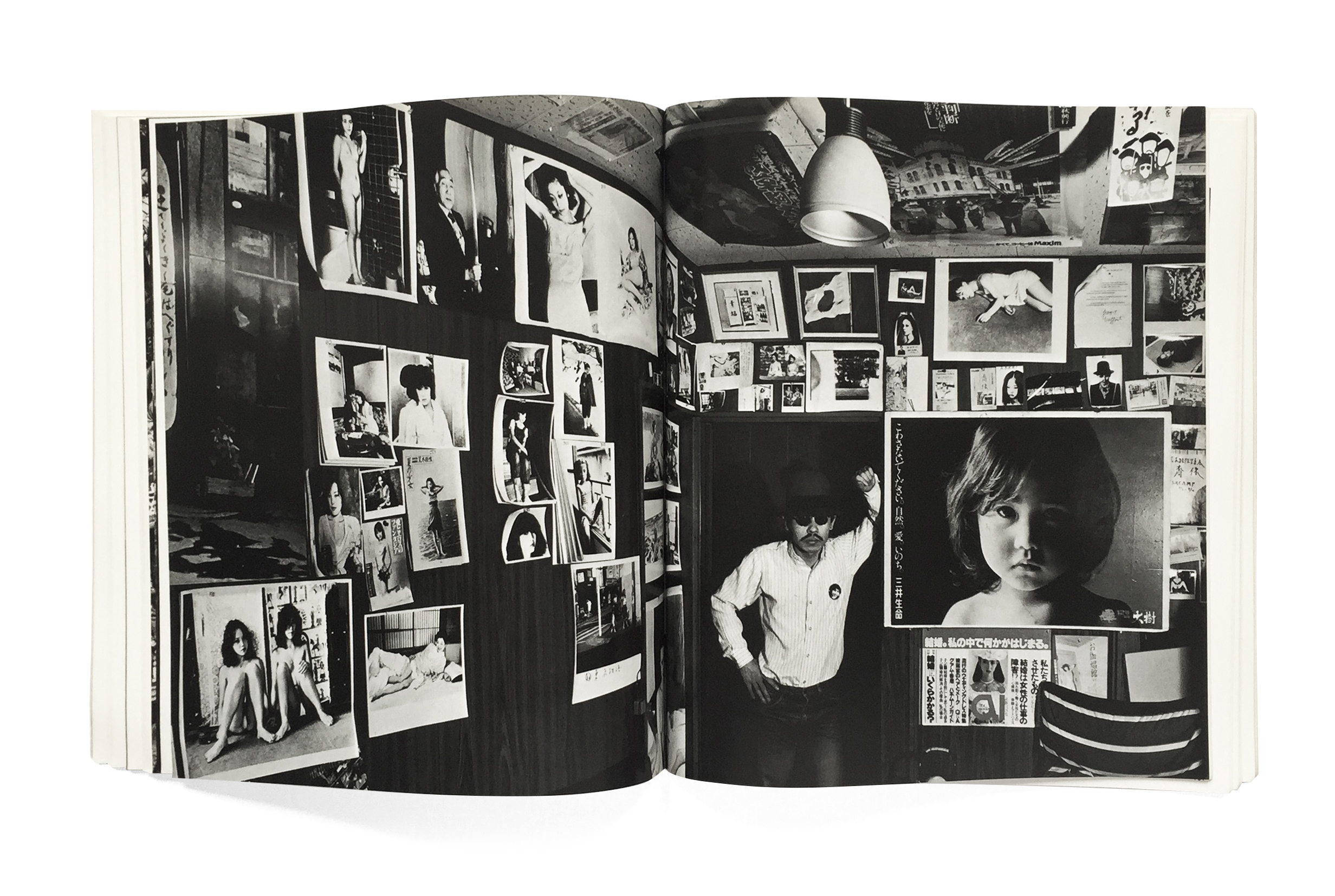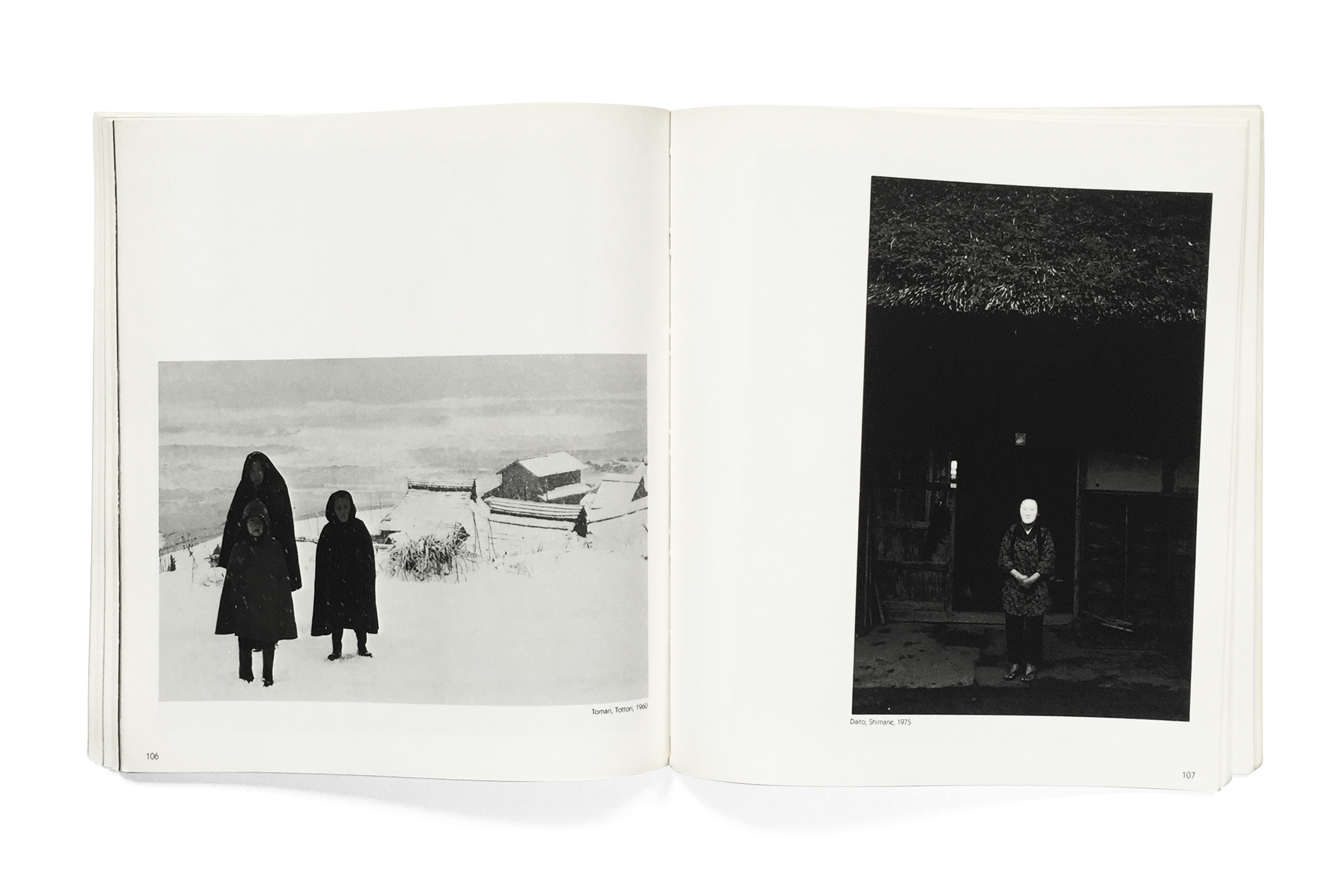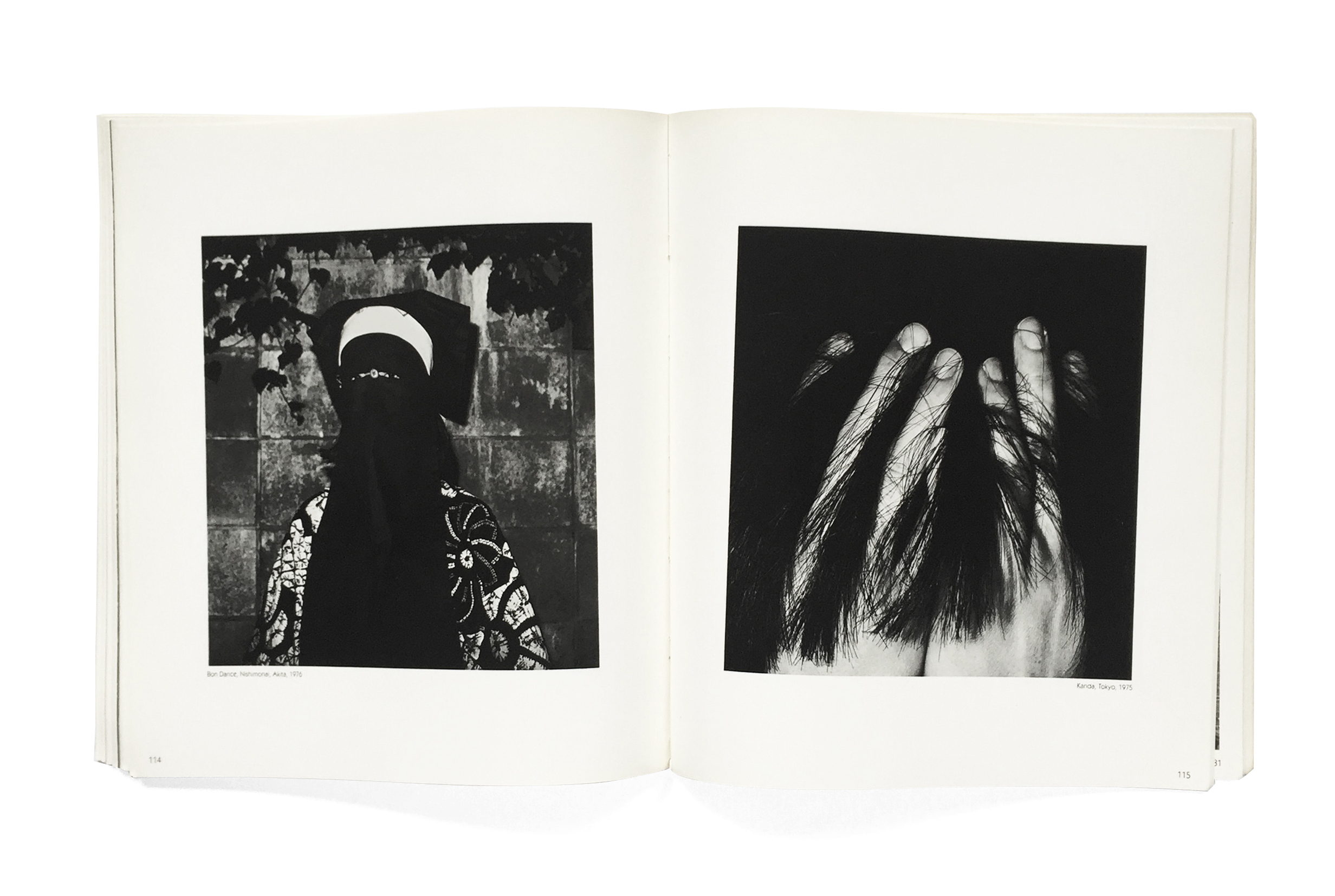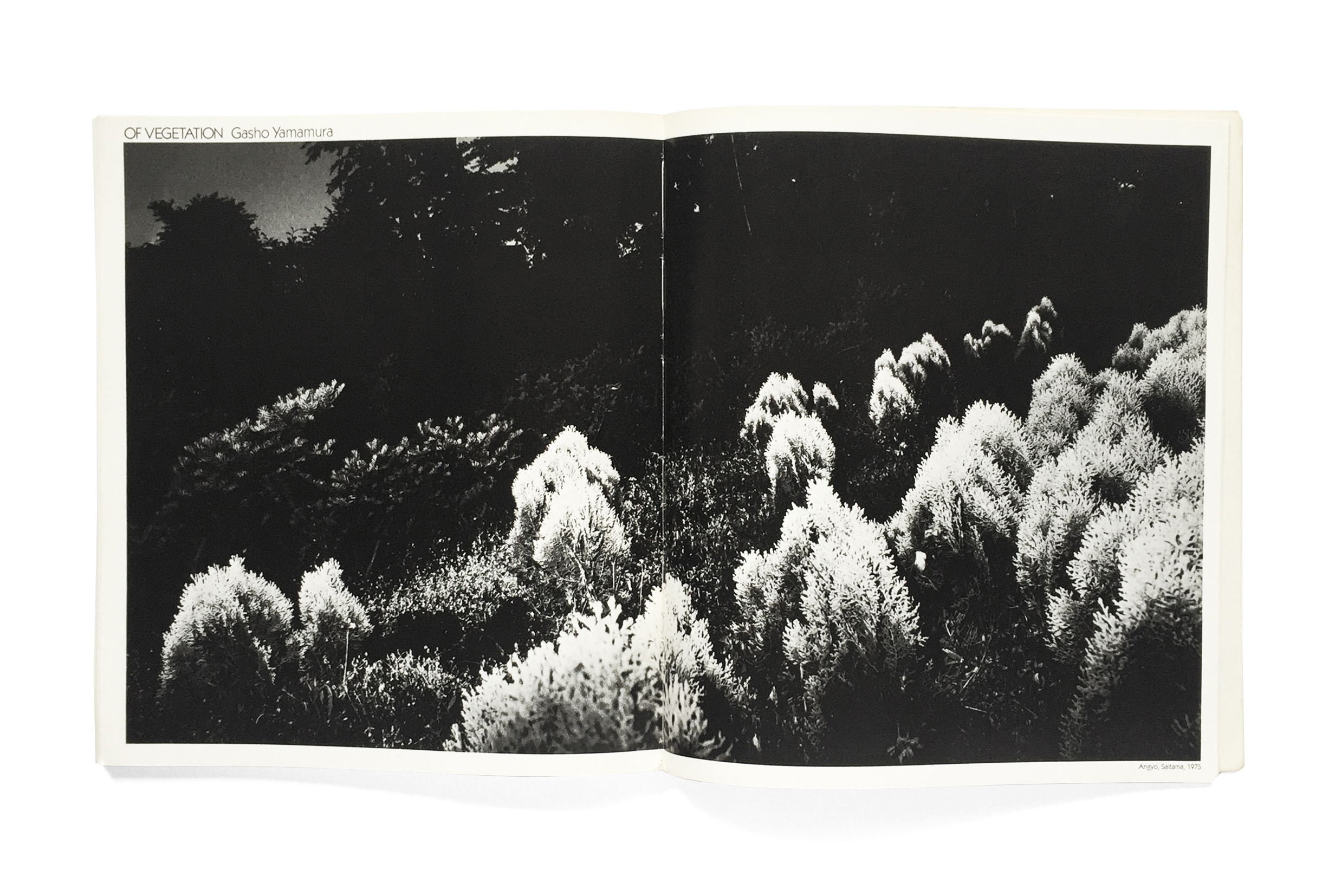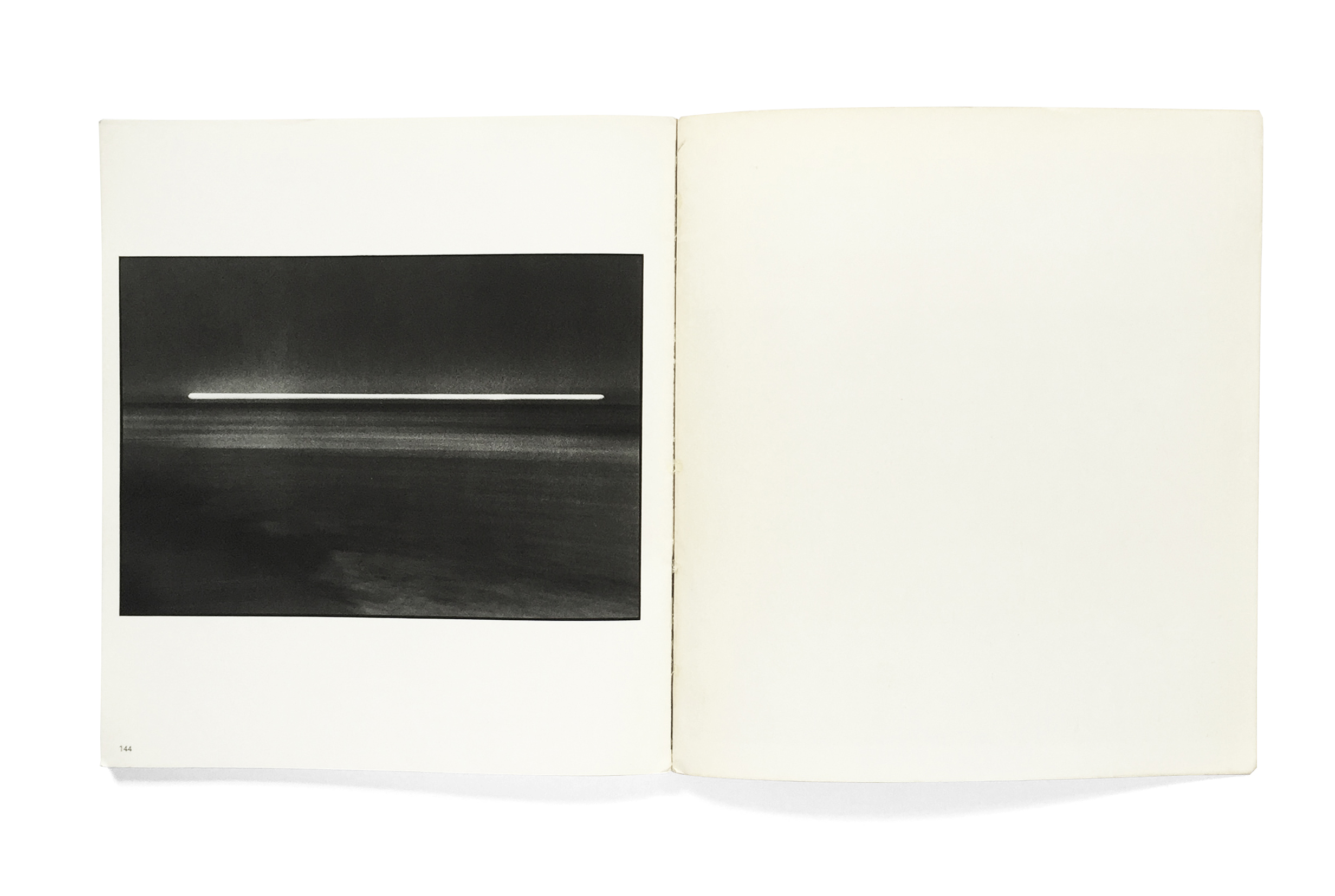Erotos
Erotos
Araki
1993
Libro Port Publishing
100pp.
design by Seiichi Suzuki
printed in Japan
This is probably my favorite photobook of Araki's hundreds that I've come across. In it, he crystallizes a life-long preoccupation with sex, love, passion, pain, and death. Araki asserts that these "poles" of emotion and experience aren't so different and in fact go hand-in-hand. Coming to terms with these complex and intertwined relationships of life and death, love and loss, will help us enjoy and cope with these enigmatic and integral experiences of the human condition.
To achieve these highly visceral images with clear influence stemming from the Provoke generation of Japanese photographers, Araki employs a ring flash and macro lens in order to photograph his subjects as intimately as possible. He frames the quotidian—fruit, flowers, plumbing fixtures—as provocative and suggestive motifs juxtaposed against the naked body. Traditional hierarchies are flattened in Araki's masterful pacing and arrangement of images. A spoiled fruit, blossoming flower, or running faucet is no uglier or more beautiful than an embracing couple or woman contorted in ecstasy. This book is a celebration of living life with vivid intensity through an acute understanding of our own emotions and motivations.

